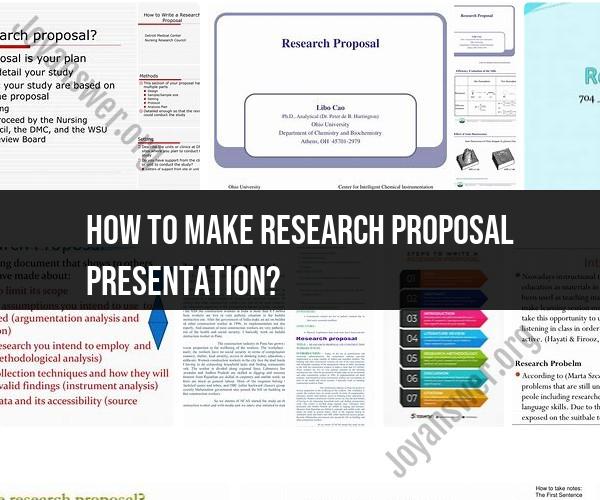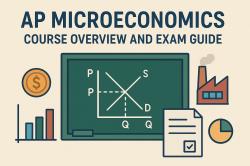How to make research proposal presentation?
Creating an effective research proposal presentation is crucial when you need to communicate your research plan and objectives to an audience, such as a review committee, potential sponsors, or collaborators. Here are some strategies and steps to help you make a successful research proposal presentation:
Understand Your Audience:
- Before you begin, consider the background, interests, and expectations of your audience. Tailor your presentation to their level of expertise and interest in your topic.
Structure Your Presentation:
- Start with a clear structure, including an introduction, research objectives, methodology, timeline, expected outcomes, and a conclusion.
- Use clear and concise headings and subheadings to guide your audience through the presentation.
Engaging
- Begin with a compelling introduction that grabs your audience's attention. You can use a relevant quote, a thought-provoking question, or a brief anecdote to set the stage.
Research Objectives:
- Clearly state your research objectives or research questions. Make sure they are specific, measurable, achievable, relevant, and time-bound (SMART).
Literature Review:
- Briefly summarize the relevant literature that supports your research. Highlight the gaps or areas where your research will contribute new knowledge.
Methodology:
- Explain your research methodology, including data collection methods, data analysis techniques, and any tools or instruments you plan to use.
- Address potential challenges and limitations of your chosen methodology.
Timeline:
- Present a realistic timeline for your research project, showing key milestones and deadlines. Be prepared to explain how you plan to manage your time effectively.
Expected Outcomes:
- Describe the expected outcomes or contributions of your research. What impact will your work have on the field, society, or the problem you are addressing?
Visual Aids:
- Use visuals such as slides, charts, graphs, and images to enhance your presentation. Visual aids can make complex information more accessible.
- Keep slides uncluttered and use bullet points for readability.
Engage with Your Audience:
- Encourage questions and engagement throughout your presentation. You can pause at key points and ask if there are any questions.
- Be prepared to provide thoughtful answers to questions.
Practice and Timing:
- Practice your presentation multiple times to ensure you stay within the allotted time frame.
- Record yourself or ask a colleague to provide feedback on your delivery and content.
Confidence and Body Language:
- Maintain good eye contact with your audience and speak clearly and confidently.
- Use gestures and body language to convey enthusiasm and engagement.
Rehearse Q&A:
- Anticipate potential questions your audience may ask during the Q&A session and prepare concise responses.
Backup Plans:
- Be prepared for technical difficulties. Have a backup plan, such as printed handouts or an alternative presentation format, in case of technical issues.
Conclusion and Call to Action:
- Summarize your main points and restate the significance of your research.
- End with a call to action or a clear request for support, collaboration, or funding if applicable.
Feedback and Revision:
- Seek feedback from mentors, colleagues, or advisors and be open to making revisions to improve your presentation.
Dress Professionally:
- Dress appropriately for the audience and context. Professional attire can enhance your credibility.
Stay Calm and Confident:
- On the day of your presentation, stay calm, take deep breaths, and remind yourself that you are the expert on your research.
Remember that a well-organized and engaging research proposal presentation can significantly impact the success of your research project. Practice and preparation are key to delivering a confident and compelling presentation.













